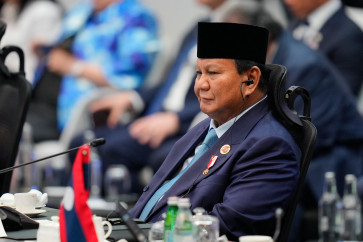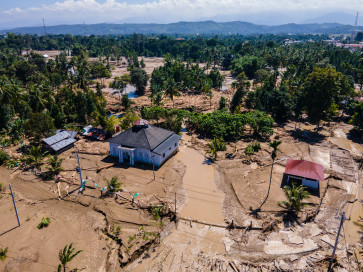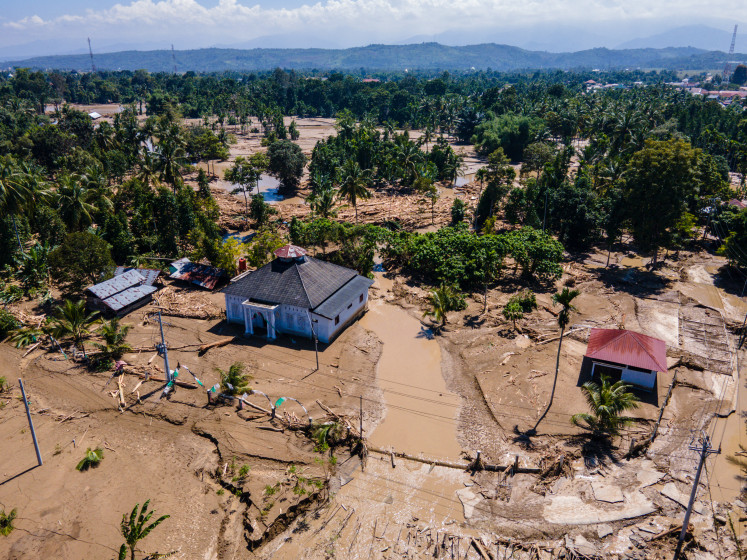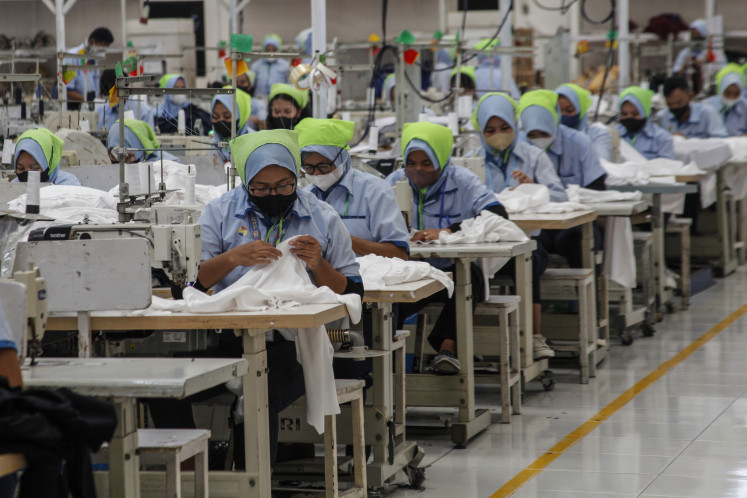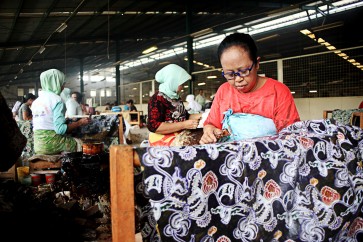Popular Reads
Top Results
Can't find what you're looking for?
View all search resultsPopular Reads
Top Results
Can't find what you're looking for?
View all search resultsAddressing inequality in Indonesia's creative industries
The dominant narrative in Indonesian government's efforts to develop the country's creative economy is still centered around traditional economic indicators such as GDP, labor market growth and exports.
Change text size
Gift Premium Articles
to Anyone
W
omen in Indonesia’s creative sector tend to have lower educational qualifications than men. This gender inequality was recently revealed by the Ministry of Tourism and Creative Economy in its latest report, developed in collaboration with Statistics Indonesia (BPS).
This finding is particularly concerning given the importance of education in knowledge-based sectors such as cultural and creative industries, which rely heavily on creativity and innovation.
The report also finds women earn less than men. From 2018 to 2021, the average pay in the creative industries for women was consistently lower than men.
This gender pay gap is not only unfair in how it undervalues women, but it also hampers the development of products and ideas in the industry. The lack of visibility and recognition can discourage young women from pursuing creative jobs, perpetuating the cycle of underrepresentation and inequality. This is a lose-lose situation for all concerned.
It is crucial the government takes proactive measures to assist women in the creative sectors in acquiring new skills, closing the gender gap in educational attainment, and enforcing more non-discriminatory employment practices. By doing so, the government can help ensure women have equal opportunities to succeed and the sector benefits from a wide range of varied and inclusive ideas and creations.
Alongside gender, tackling spatial disparities is crucial. Most creative workers are located in Java. This concentration can limit the diversity of cultural and creative products in Indonesia and employment opportunities for other regions.
Indonesia is more than Java. We are a diverse country with different ethnic groups, each with its own culture and traditions.




